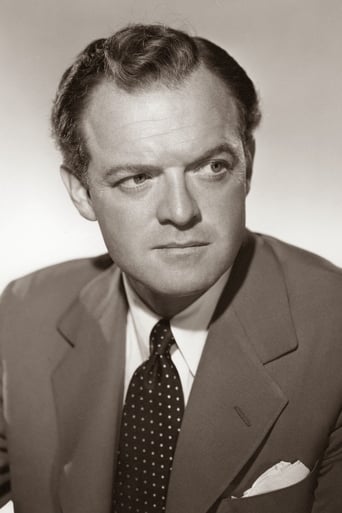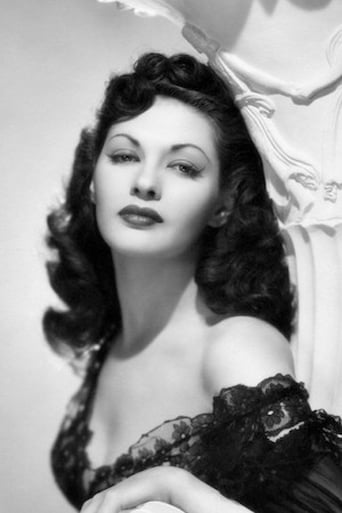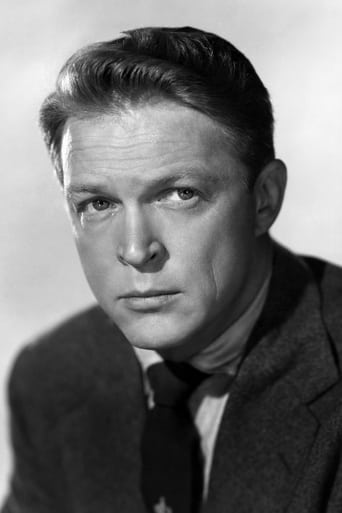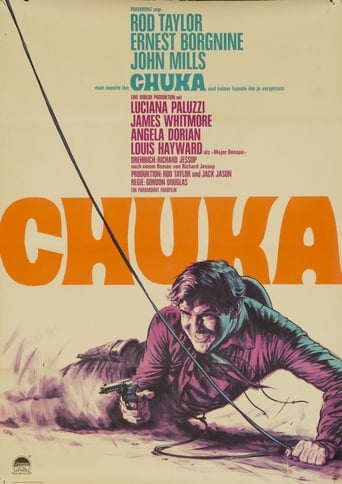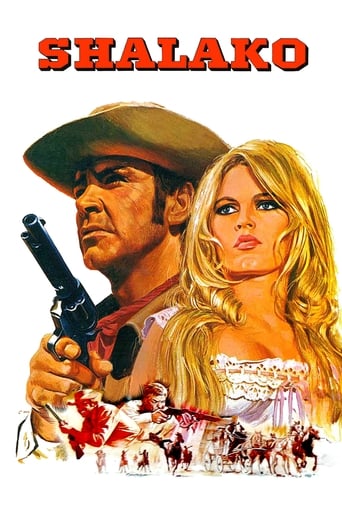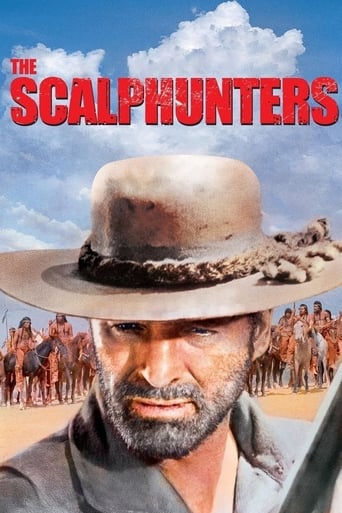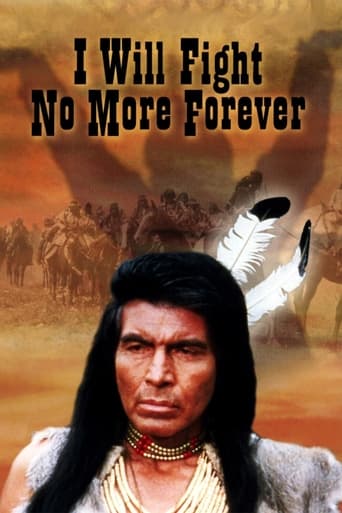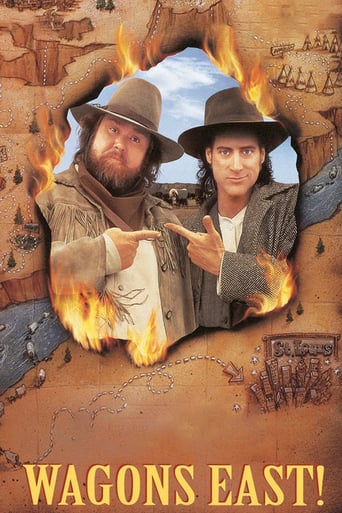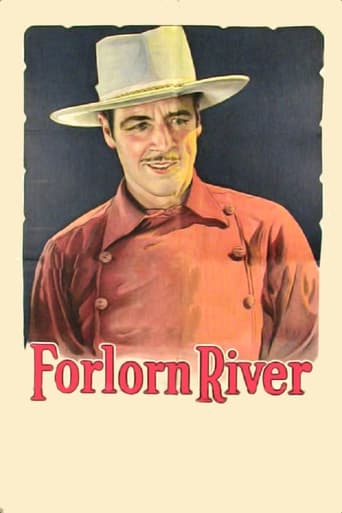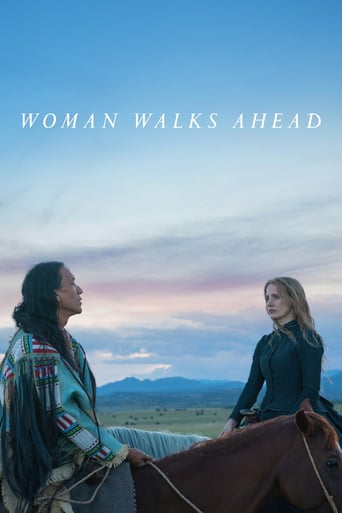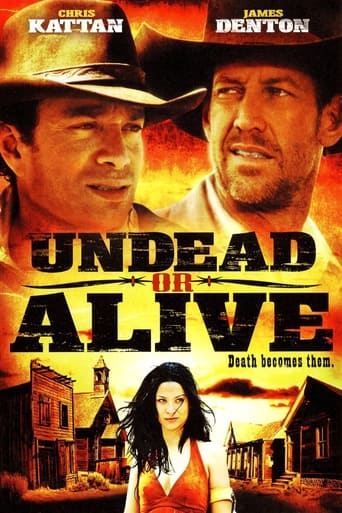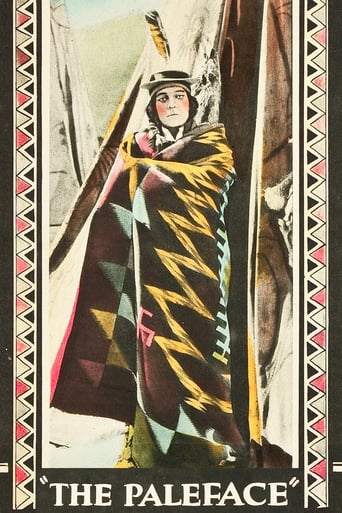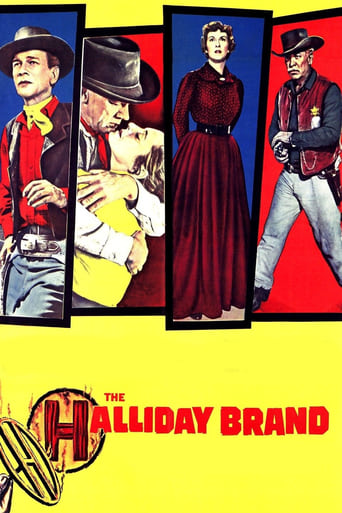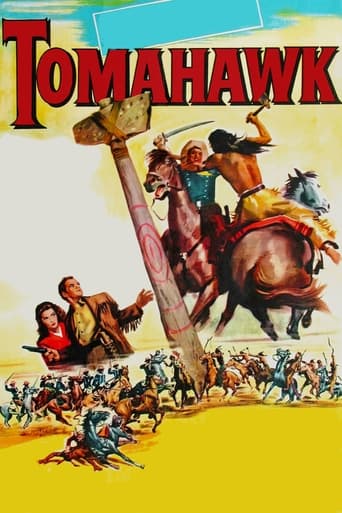
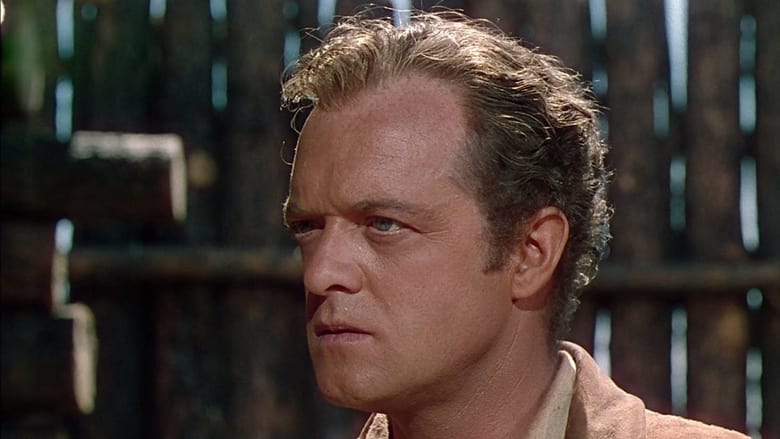
Tomahawk (1951)
In 1866, a new gold discovery and an inconclusive conference force the U.S. Army to build a road and fort in territory ceded by previous treaty to the Sioux...to the disgust of frontier scout Jim Bridger, whose Cheyenne wife led him to see the conflict from both sides. The powder-keg situation needs only a spark to bring war, and violent bigots like Lieut. Rob Dancy are all too likely to provide this. Meanwhile, Bridger's chance of preventing catastrophe is dimmed by equally wrenching personal conflicts. Unusually accurate historically.
Watch Trailer
Cast


Similar titles
Reviews
Touches You
It's fun, it's light, [but] it has a hard time when its tries to get heavy.
Tells a fascinating and unsettling true story, and does so well, without pretending to have all the answers.
This is one of the best movies I’ve seen in a very long time. You have to go and see this on the big screen.
In "Tomahawk", the colors don't jump out from the screen like they do in many other Technicolor Westerns of its era; the film is more notable for its use of nature's wide open spaces, and for its unusually even-handed approach on the topic of "the red man vs. the white man" conflict. Van Heflin is solid as the man caught in the middle of the conflict, while Alex Nicol's character (almost disturbingly well played), with his psychopathic thirst for the slaughtering of Indians, draws parallels with the Nazis' "ethnic cleansing". Yvonne De Carlo has a rather insignificant part, but Susan Cabot is cute and expressive as a young Cheyenne "squaw". Not much action, but what there is is well done (if bloodless). **1/2 out of 4.
When the US breaks a treaty with the Sioux in order to access gold on Indian land, the specter of war looms.Wow!—this may be the biggest big sky movie of all time. Those blue and white expanses almost swallow up the viewer in their awesome majesty. This is a really underrated Western that I expect got lost in Universal's crowd of Technicolor oaters of the time. But it's got a superior script that dares to put Indian rights on the same level as the settlers', plus outstanding photography and first-rate performances from Heflin and Foster. Then too, DeCarlo really looks good in Technicolor. Also, I detected only one exterior set—the Heflin- DeCarlo conflab in the forest. Pretty good for lower-budget Universal.I'm especially glad they used real Indians in close-ups instead of the usual Hollywood types made-up to look evil. That way, the 'original Americans' are humanized, and we become more aware of the real costs involved in Winning the West. But notice, those good intentions don't extend to all the Sioux. Hollywood reverts to form by dressing up a comely white girl (Cabot) as the Indian maiden, instead of using a real Indian girl. At the same time, Monahseetah has few lines so a professional actress wasn't really needed. So draw your own conclusions.The action is pretty much standard, except for the massed attack on the equipment wagons. There, the script makes clear that it's the white man's technology that triumphs and not his superior fighting skills. However, I wondered why the Sioux didn't attack in steady waves instead of in intervals that give the soldiers time to re-load. And catch that final scene in the fort. That's certainly no cliché. I don't know how much of the story is based on fact, but however much, it at least makes you think. Anyway, this is a grandly scenic, gutsy Western, definitely underrated, and deserving of more than just a few scattered showings.
Battle of Powder River (AKA: Tomahawk) is directed by George Sherman and adapted for the screen by Sylvia Richards & Maurice Geraghty from a story by Daniel Jarrett. It stars Van Heflin, Yvonne de Carlo, Alex Nicol, Preston Foster, Jack Oakie, Tom Tully, John War Eagle and Susan Cabot. It's a Technicolor production filmed on location in the Black Hills of Dakota, with music by Hans J. Salter and photography by Charles P. Boyle."This is the Laramie Conference. A powder keg that may explode at any moment. It would take little to light the fuse. There are important and powerful men here. On one side the leaders of the Sioux nation-on the other representatives of the United States. But on this day it will take a great man to see both sides-Jim Bridger: pioneer, trapper and scout, is such a man."Coming a year after Delmer Daves' excellent and similarly themed Broken Arrow, Battle of Powder River appears to have been lost in the mix of Westerns sympathetic to the Indians. Much like Broken Arrow, and for that matter Devil's Doorway (1950) as well, this is propelled by a magnetic and strong central lead performance. Van Heflin as Jim Bridger gives the film a believability factor, important for a film that's based around historical events in Montana Territory 1876/7. Thankfully the film built around Heflin isn't too bad either. The plot essentially involves Bridger, a man who married a Cheyenne woman, caught in the middle of an impending war between the Indians and the American military. The army are ordered to build a road and fort on land previously ceded to the Sioux by a previous treaty. This they want to do because of gold having been discovered in the Dakota's. Bridger sets about trying to keep peace but is undermined by personal conflicts and violent bigots like Lieut. Rob Dancy (and effective rascal turn by Alex Nicol).Naturally for a film of this type, budget, era and running time, it's not an actual history lesson, so folk should not expect as such. But the makers are thoughtful as regards the events of the time and neatly tell their story via the fluctuating perspectives of the characters standing either side of the brewing conflict. It's also nicely shot by Sherman (The Battle at Apache Pass/Comanche) and Boyle (Horizon's West/Gunsmoke), the location work integral to the plot so as to understand what these people were ultimately fighting for. While Salter scores it in standard Cavalry Vs Indians style. The minor problems come with de Carlo's character and the shortness of the action. The former, admittedly lovely in Technicolor, serves only as romantic surplus who does a real dumb thing, and the latter is annoying since Sherman was more than capable of crafting exciting action (for example see the finale of The Battle at Apache Pass). Here the final battle of the title is swift and basically a compilation of charge and be felled sequences, while a buffalo scene is all too brief and only hints at what excitement could have been garnered from that passage of play. Annoyances for sure, but not enough to drag the piece down to B movie fodder territory.Although it's trumped by two, thematically similar and better movies the previous year, the story, Heflin and the scenery make this a must see for the Western fan. 7.5/10
Universal's western is an entertaining cavalry-Indian affair that details the frontier adventure from the point of view of famed scout Jim Bridger. The film recounts the usual treaty-breaking by whites that despoils the Indians' hunting grounds, the conflicts of which lead to war between the Sioux tribes and the troopers. Two major battles, the Fetterman engagement and the Wagon-Box Fight are touched on as well as tensions caused by an Indian-hating lieutenant. The lush, beautiful country and wild buffalo herds lend authenticity to the story and keep the film moving at a good clip. Van Heflin is sincere as the scout who knows Indians and understands their grievances. Yvonne De Carlo is striking as Bridger's love interest although an Indian girl complicates matters a bit. The cast is good, especially John War Eagle as Red Cloud. Hans Salter contributes a nice traditional western music score.


